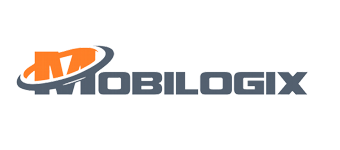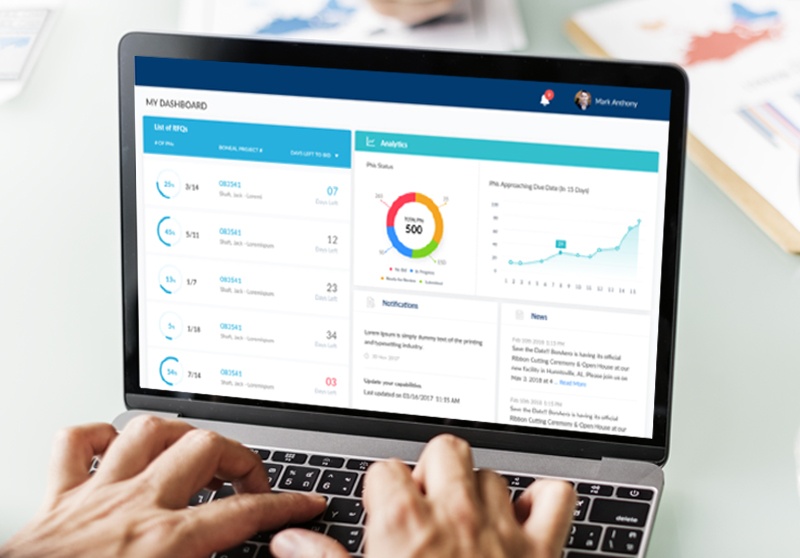Innovate and Modernize Your Legacy Systems
Core legacy systems are often at the center of your business. Updating them can be a bit daunting for any enterprise. Instead of rebuilding applications from scratch, you can breathe new life into them with Application Modernization.
Application Modernization is the process of converting (rewrite/port) existing applications or systems developed using outdated/older technologies to a modernized system leveraging the emerging technology stacks and tools built in accordance with the industry standards.
The Challenges
Increase in the product complexity over the years resulting in longer release cycles for:
- Adding new features to the product
- Fixing issues in the product
- Not cost-effective when the usage/concurrency increases
- Unable to scale the system leading to dissatisfied customers
Who Is It For?
Innominds, with its expertise in application modernization, assists organizations who are going through the following bottlenecks:
- Haven't gone through the complete cycle of any technological upgrades
- Product has become complex over the years
- Difficult to maintain and extend the product
- Unable to scale the product
- Longer release cycle
- Not cost-effective
Why Innominds?
With over a decade of experience in application modernization, Innominds caters to the business needs of its clients by accelerating development, providing faster time-to-market feedback, enhancing the customer experience resulting in for a better business growth. Innominds services helps its clients in cost reduction, speeding up the product development and delivery, and finally helping clients in their digital transformation initiatives. Our application modernization solutions include App Migration/Re-Architect – Rehost, Refactor, Revise, Rebuild and Replace.
- Enterprise Architecture – EAI Patterns
- Capabilities – SaaSification, Multi-Tenancy, Cloudification and Microservices
- Non-Functional Requirements – Auto Scaling, Security and Performance
- Seamless upgradation of legacy/monolithic applications, which, in due course of time, turns complex
- Accelerated development
- Faster time-to-market & quicker feedback cycles
- Enhanced customer experience
- Growth in Business
Microservices Solutions
As part of the modernization process, enterprises are drawn towards decomposing/retiring their legacy/monolithic systems into smaller, business-focused services, typically on a distributed Microservices Architecture, thereby enabling them to take full advantage of the benefits of digital transformation.
The benefits for enterprises following the transformation of their systems into a modernized distributed Microservices Architecture are:
- Faster time-to-market of any new feature/product release resulting in a quick feedback cycle
- Enhanced end user experience (if one service fails, the others will continue to work) uninterruptedly
- Services are built on technology stacks that best suits the business, accelerating the solution development
- Reliable and scalable solution as the services are independently deployed
Our Differentiators
-

7-step approach moving from Monolith to Microservices
-

Microservices Maturity Model
-

Innominds Accelerators
Based on our experience working with several customers on their Application Modernization requirements, Innominds recommends a 7-step approach for transforming legacy/monolithic applications to a modernized architecture.
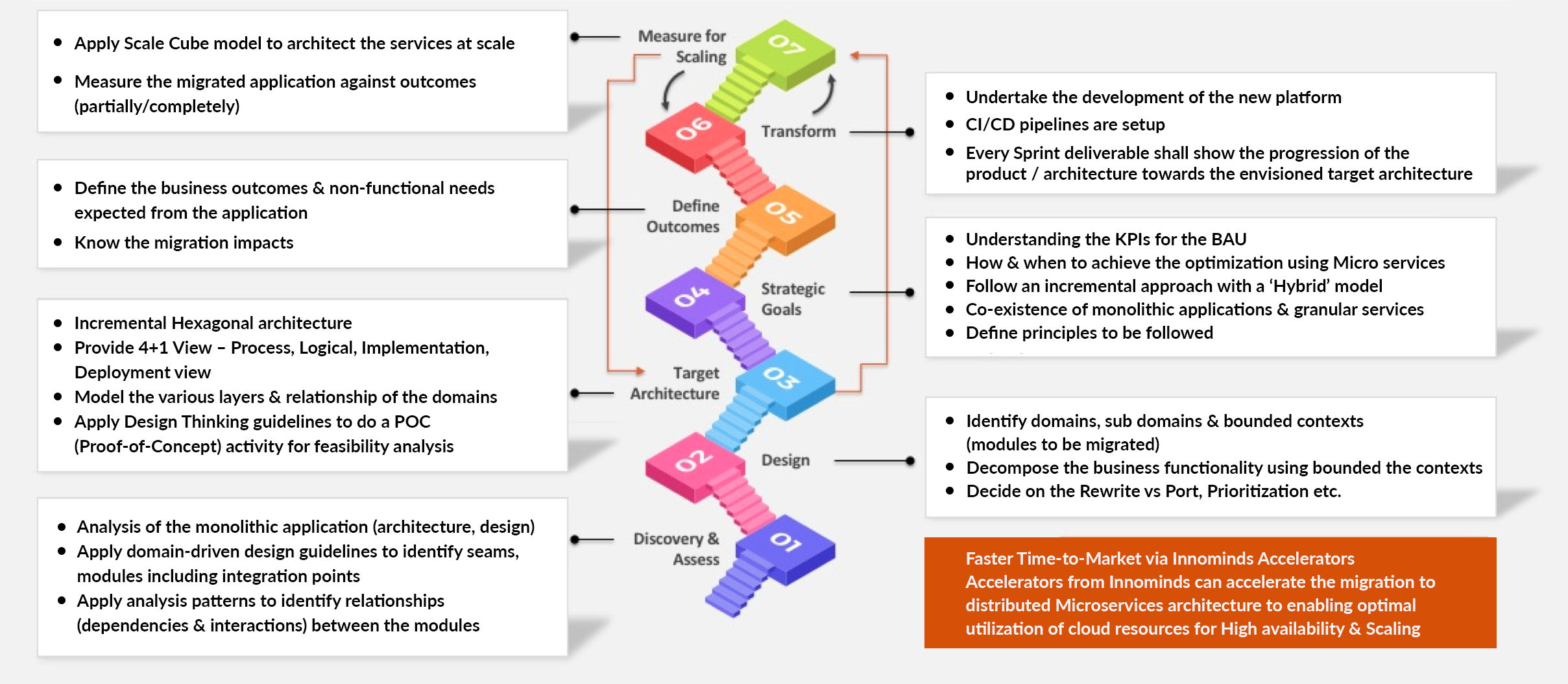
Microservices Maturity Model helps enterprises to assess as to where they stand and what would take them to become a matured Microservices-based enterprise. Maturity Model provides teams with guidance at various levels for continuous improvement.
Assessment Methodology Comprises of Three Stages:
1. Assessment using Microservices maturity parameters
2. Indication of the maturity level
3. Description of the maturity scorecard
Stage 1- Microservices Maturity Parameters
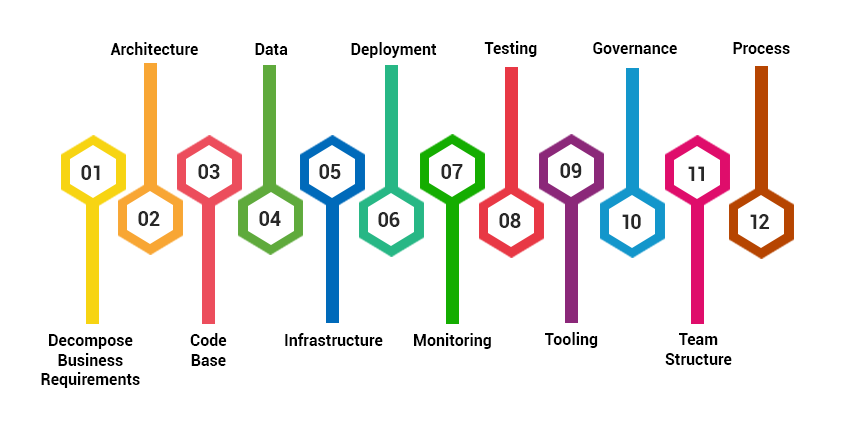
Stage 2 - Microservices Maturity Model Levels
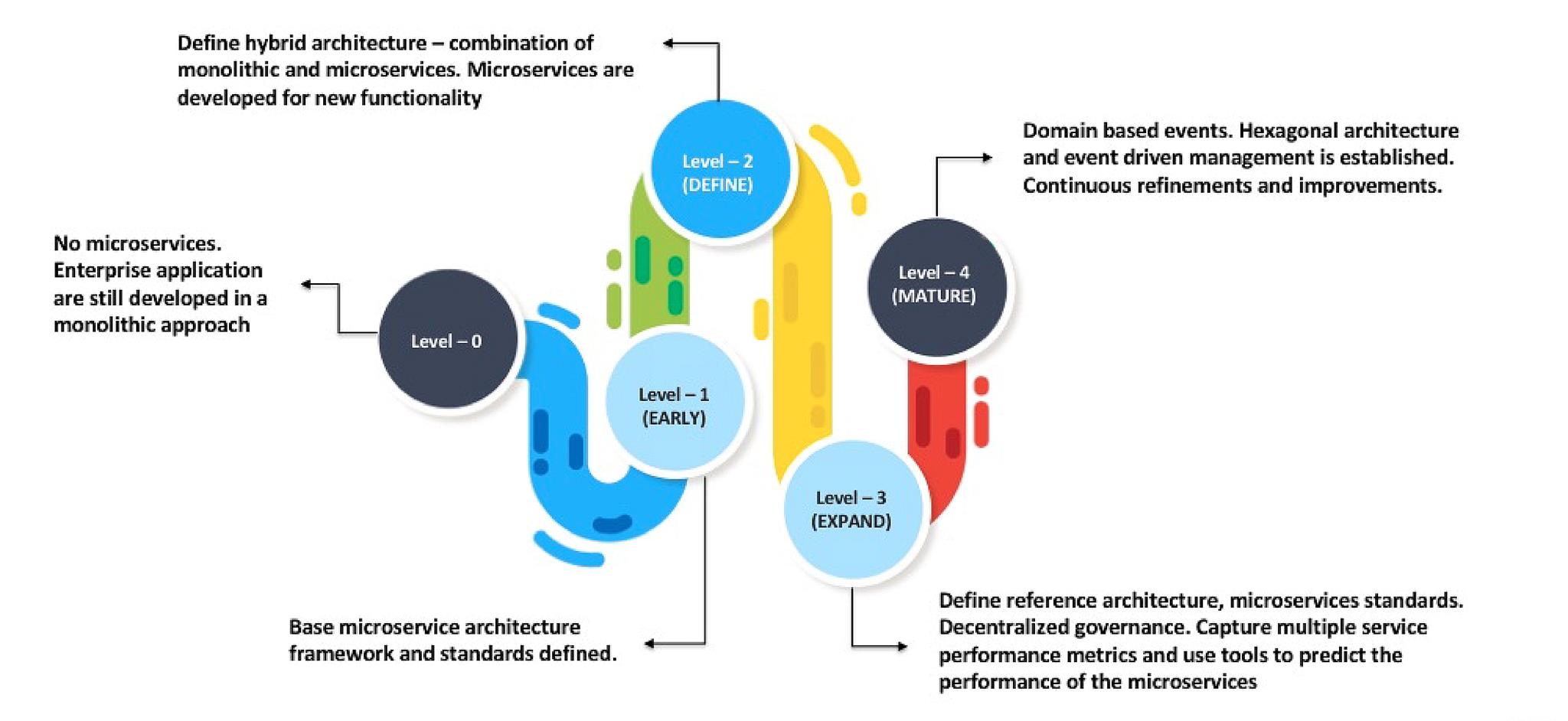
Stage 3 - Microservices Scorecard
The scorecard contains detailed guidelines for scoring criteria and describes the maturity scores with respect to each of the Microservices architecture parameters and their maturity level on basis of the assessment exercise. A 0-to-4 rating scale is used to assess the selected parameters, where 0 represents the lowest level of maturity and 4 is best in-class.
Our technology experts will identify the gaps and suggest corrective measures required to fill those gaps.
Fastened solution development time, courtesy our cutting-edge accelerators for Cloud and Microservices.
Over a period of time, our experience in working with a wide variety of enterprises on their application modernizations, has helped us to build cutting-edge accelerators that increases the speed with which the solution is developed.
Snapshot of Our Accelerators
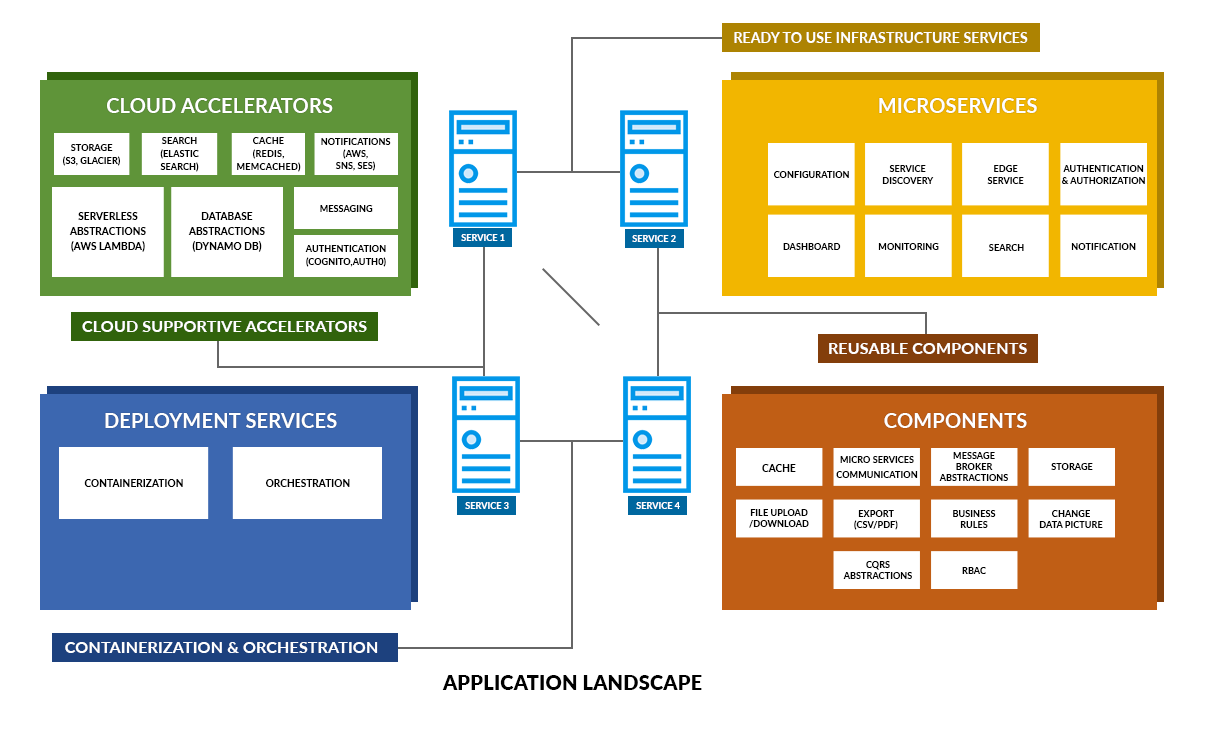
The above illustrated accelerators are developed on Java and based on Spring Framework utilizing Spring Boot and Spring Cloud components. A similar set of accelerators are available on .NET technology stack.
The accelerators can be broadly classified into the below four categories:
- Infrastructure & Platform Microservices
There are several out of the box infrastructure and platform services that can be configured as per customer's requirements
Configuration Service
- Centralized approach for serving configurations of each Microservice in the landscape
Discovery Service
- Provides service registration and service discovery
Edge Service
- Request routing and filtering to downstream services based on URL patterns
Authorization Service
- Authentication via different schemes (Database, LDAP/AD)
Dashboard & Monitoring Service
- Monitoring of services
- Distributed log tracing
Search Service
- Indexing documents (metadata and rich-text)
- Full-text search (metadata and content search)
Notification Service
- Email notifications with support for customization and configuration
- Supports Freemarker, Thymeleaf and Velocity-based email templates
Audit Service
- Non-invasive way of auditing via Change Data Capture. Leverages Debezium as the backbone.
- Reusable Components
Any enterprise application is composed of domain-centric services catering to that specific domain/business. Internally, these services may depend on components that are domain-agnostic, i.e. components that can be used across domain.
Innominds has developed several reusable components, which when used can accelerate the overall solution development. Few of these components are listed below:
- Storage
- Cache
- File Upload/Download
- Change Data Capture
- CQRS Abstractions
- Import/Export
- Rules Infrastructure
- Role Based Access Control
- Cloud Agnostic Accelerators
- Containerization via Docker
- Orchestration via Docker Swarm and Kubernetes
- Containerization & Orchestration
When enterprises adopt cloud by leveraging the offerings provided by the cloud providers, there is a potential for a vendor lock-in. Vendor lock-in makes it difficult for the enterprises to move from one cloud provider to another in situations that warrant the enterprises to make this shift. Innominds has developed cloud agnostic accelerators for "common offerings" across public clouds. This, not only accelerates the solution development process, but also ensures that the application is agnostic of who is providing the respective service.
Few of our cloud agnostic accelerators are:
- Cache
- Storage
- Search
- Notifications
- Functions as a Service (Serverless)
Some of Our Esteemed Clients







